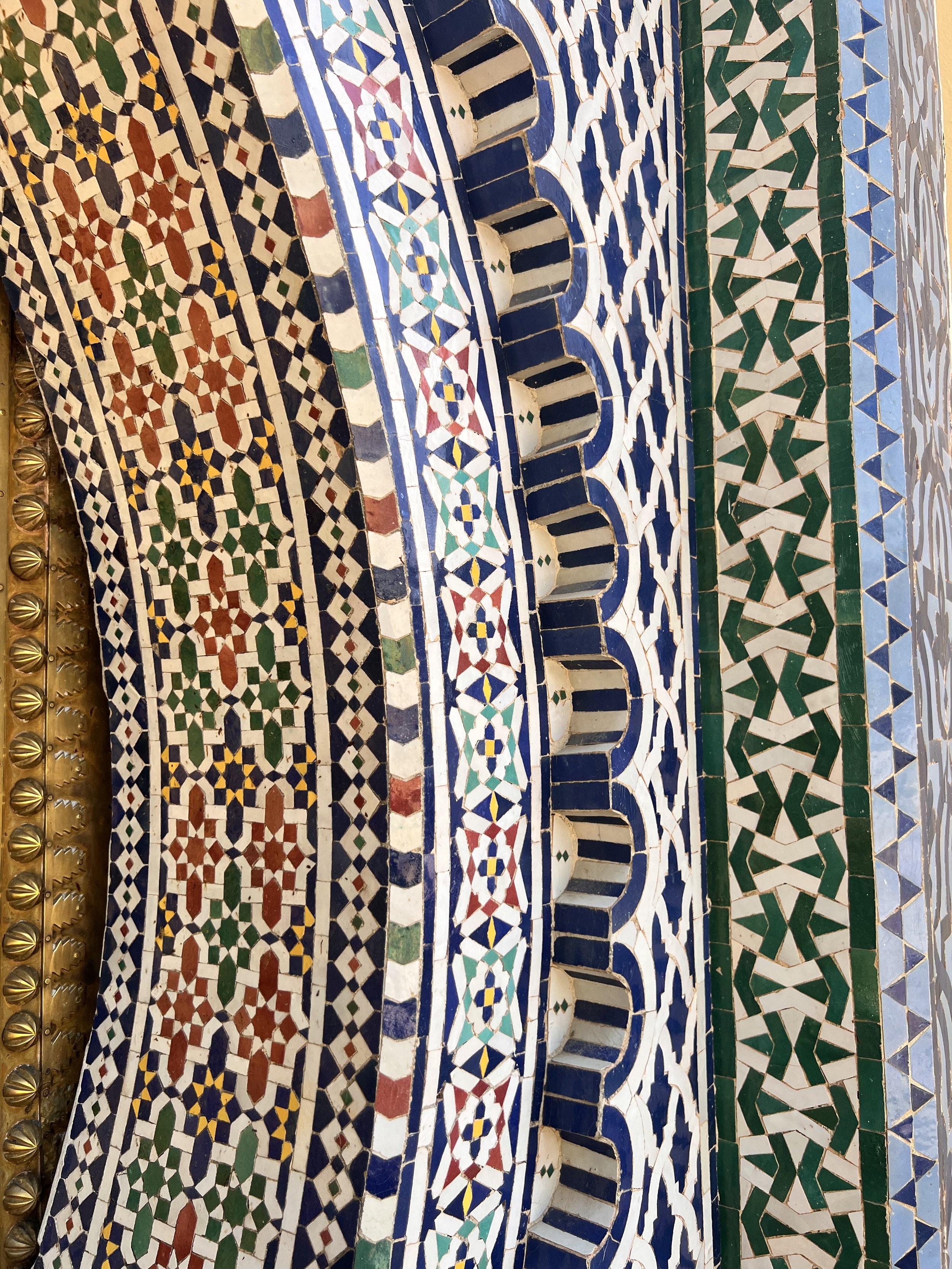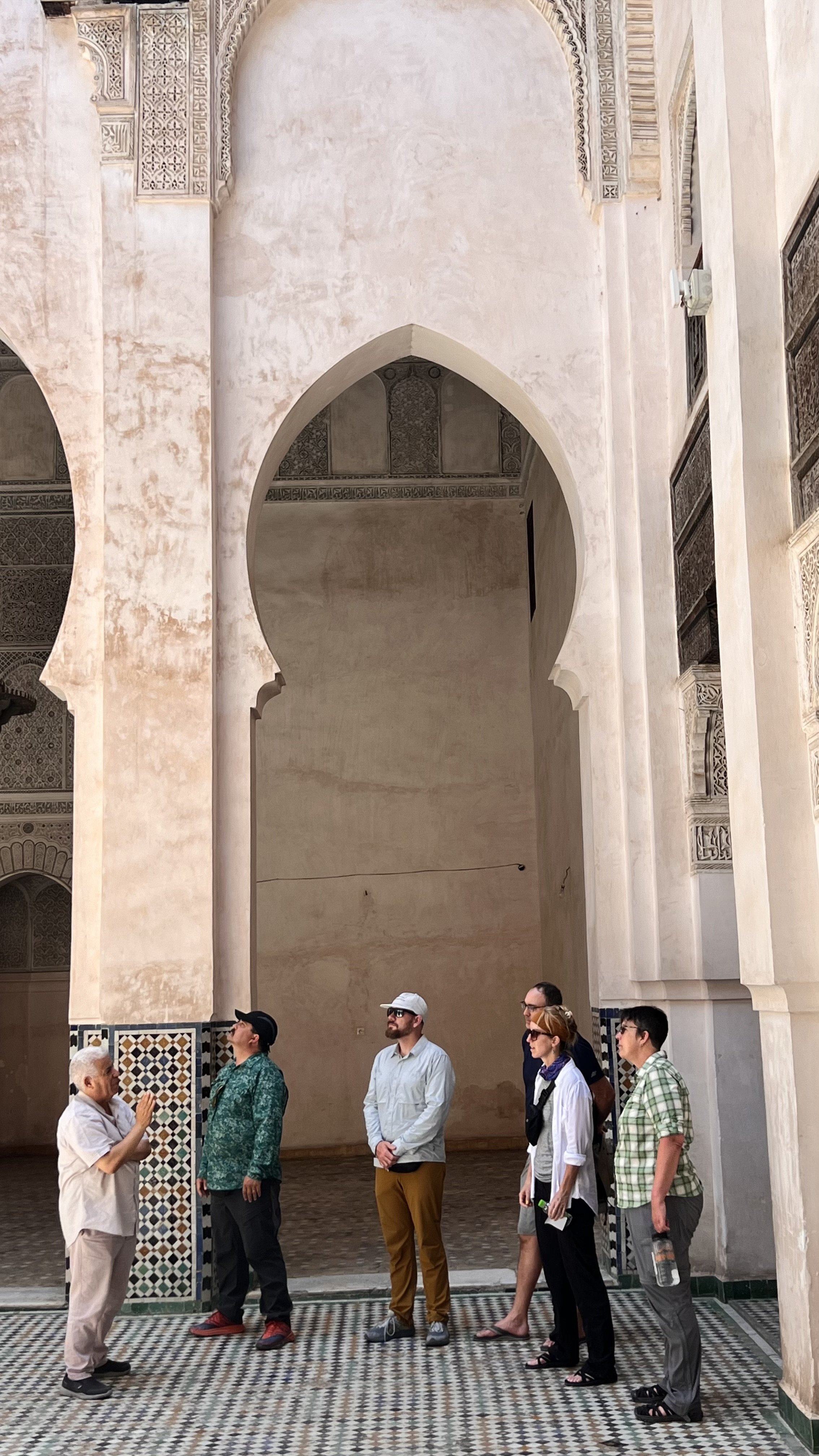Morocco, Day 3: On Fez and Bullshit
If you’re ever in the mood for a quick philosophical read, I highly recommend Harry Frankfurt’s lovely little book On Bullshit. Bullshit is one of those words that you think you understand, but when you take a closer look at it you realize there’s more to it than you thought. There’s a difference between lying to someone and bullshitting someone, right? Frankfurt goes looking for exactly where that line is, and it’s worth following him along the journey.
Here’s what I’m learning about Morocco: there’s a lot of bullshitting here. Please understand, this isn’t meant as an insult. I’m not talking about lying here, I’m talking about the art of bullshitting.
Price tags, for instance. This is a haggling culture, and that means for certain items, when you ask what they cost, the first answer you get is bullshit. So is the second, and possibly the third. I bought a $35 table runner for $20 because $35 was a bullshit price to begin with.
As it turns out, lots of other numbers are bullshit too. A four-hour drive is never under five hours. Sometimes a street isn’t one street. It’s two, or a half, or whatever it needs to be.
Today we toured Fez, not the city but the medina—the old city, where we’re told there are fourteen gates in fourteen kilometers of wall, because in the Koran seven is a sacred number and so are multiples of seven. Sacred seven isn’t a bullshit number, and maybe fourteen gates isn’t either, but the fourteen-kilometer wall is pure bullshit. For one thing, the actual length is closer to eight km, and for another, the builders of said wall never measured it in kilometers. They couldn’t have, because the medina is about a thousand years older than the invention of the kilometer.
Fez is called the City of 9,000 Streets. One map shows 9,760 streets, in a city of about 12,000 riyads, and a little over 13,000 homes in total. Those numbers are bullshit. That would be an average of less than two homes per street. Even if each home sits on two or three streets, you can’t account for long streets with loads of homes and businesses. The only way to get 9,000 streets is to stretch the hell out of what you mean by “street.” For example, this walkway counts, though it’s barely as wide as my shoulders:
To which you might say, sure, all city nicknames are bullshit. New York is not in fact a big apple. Philadelphia, supposedly the City of Brotherly Love, is famous for its sports fans booing Santa and pelting him with snowballs. Plus, who cares how many streets there are?
If you said that, you’d be right. I don’t care. I’m telling you all this because I love a good bullshitter.
Done poorly, bullshitting is just annoying. Done maliciously, it can be dangerous. (Right now a host of bullshitters are actively trying to topple democracies all over the globe, by putting a pretty face on fascism.) But done well, bullshitting is a high art. So now let me introduce you to a bullshitter par excellence.
This is Idris, our tour guide in Fez, and I wish he were my grandpa. He would have gotten along famously with my Grandpa Bein, who I would not call a bullshitter per se, but he is the man who said, “I don’t lie, but I do improve the truth.”
Idris was a history teacher before he became a tour guide. In a city founded in the 9th century, that’s a pretty great resume. (And by the way, an educator myself I can tell you, all good teachers are bullshitters. They can make things matter to you even if those things don’t really matter.) He was also born and raised here in the medina. “I’m so old, the walls here know me,” he told Misty and me. Then, with a sly smile, he whispered, “Thank god they don’t talk.”
I don’t care that his 9,760 streets and 13,000 homes are bullshit numbers. I like a good storyteller, and Idris is a hell of a storyteller. He also knows where to get the best price on anything you might want to buy. Or so he says. Maybe he’s bullshitting there too, but whenever we need something—a notebook for me, a portable fan for Sam, I forget what else—he tells us just where to go.
I’ll be honest: Idris was a breath of fresh air in a city that needs more fresh air. Morgan put it well: “There are some challenging smells here.” The heat doesn’t help, I’m sure, but the fact of the matter is we’re hiking long miles through a city whose sewer system is 1,100 years old. Oh, and it doesn’t work as well as it used to. There was an effort a couple of generations ago to eradicate the rats, and as Idris explained to us, it turns out ancient people knew a thing or two about what rats are good for.
We see feral cats everywhere we look, and back in the day, their job was to keep the rats in the sewers. The rats’ job was to eat the stuff they like to eat in the sewers, and make their nests out of stuff they find down there, and as it turns out, those are two really important services. They clear clogs. When the French decided rats are gross, they exported that attitude to their protectorate, Morocco. Now the street cats scrounge for something other than rats, the rats are mostly gone, and the sewers back up and stink.







